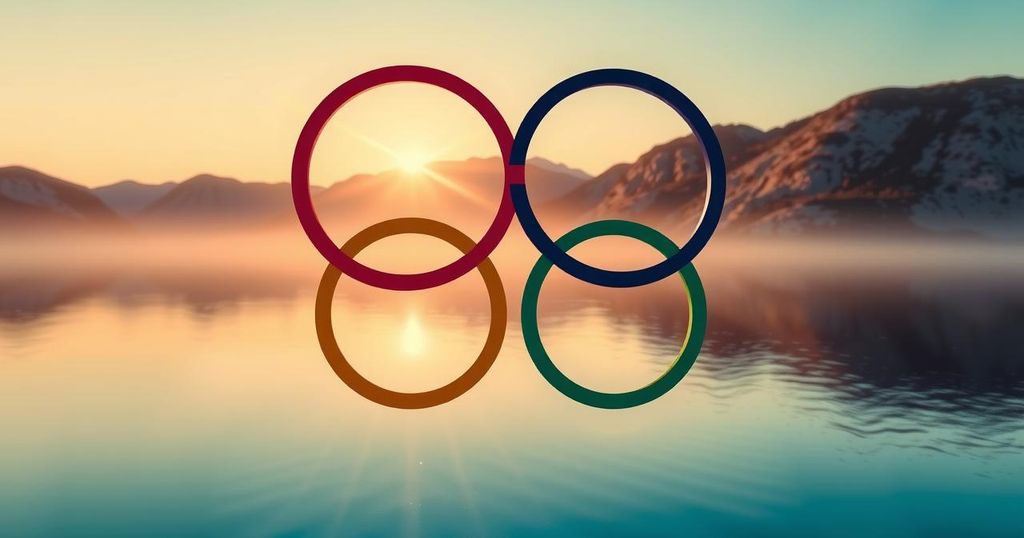The Journey of the Paralympic Flame: A Historic Relay Through Land and Sea
The Journey of the Paralympic Flame: A Historic Relay Through Land and Sea
In a remarkable continuation of the Olympic legacy, the Paris Paralympics flame is set to embark on an extraordinary journey starting Saturday in Stoke Mandeville, England—a village heralded as the birthplace of the Paralympic Games. Following the extinguishment of the Olympic flame by renowned French swimmer Léon Marchand just two weeks prior, the focus now shifts to the upcoming Paralympics.
The initial lighting ceremony for the Heritage Flame will take place at its historic location in Buckinghamshire, where the inaugural Stoke Mandeville Games were held in 1948 for wheelchair athletes injured during World War II. This pivotal initiative was championed by Ludwig Guttmann, a Jewish neurosurgeon who fled Nazi Germany and who was instrumental in transforming rehabilitation through sports, ultimately leading to the establishment of the first Paralympic Games in Rome in 1960. The Heritage Flame ceremony was previously introduced in conjunction with the London Paralympics in 2012.
Following the lighting ceremony, the flame will cross the English Channel via the Channel Tunnel. Here, 24 British athletes will carry the flame through the 50-kilometer (30-mile) tunnel before handing it over to 24 French athletes in Calais, signifying the commencement of the relay on French soil. This transfer marks a symbolic connection to the Olympic flame’s own journey from Greece to France.
From Calais, the flame will light 12 torches, which represent the 11 days of the Paralympic Games, and a ceremonious opening day. The relay is slated to encompass 1,000 torchbearers, including distinguished former Paralympians, emerging young athletes, and dedicated volunteers from various support sectors. The journey will take these torchbearers through 50 cities across France, spotlighting communities that champion inclusion in sports and fostering awareness about the lives of individuals with disabilities.
Among the key stops, the relay will visit Lorient, home to double Paralympic sailing gold medalist Damien Seguin, and Blois, which commemorates Marie-Amélie Le Fur, a nine-time medalist in track events. The journey will further highlight facilities throughout the country dedicated to empowering athletes with disabilities, including several specialized sports complexes.
On the conclusion of the relay in Paris, the 12 flames will merge into one at a grand ceremony. This monumental moment will culminate in the lighting of a unique cauldron, which distinguishes itself as the first in Olympic history to operate without fossil fuels, instead utilizing water and electric light suspended from a hot-air balloon. This cauldron will feature prominently in the opening ceremony and will illuminate the Tuileries gardens from sunset to 2 a.m. each evening throughout the Paralympics.
In summary, the journey of the Paralympic flame is poised to reinforce the celebrations of inclusion and the spirit of competition. It serves as a powerful reminder of the resilience and dedication of athletes overcoming challenges across the globe. The ceremonial relay is not merely a transition of fire but a beacon of hope and inspiration for many, as it ignites the passion for para sports heading into the Paris Paralympics.








Post Comment